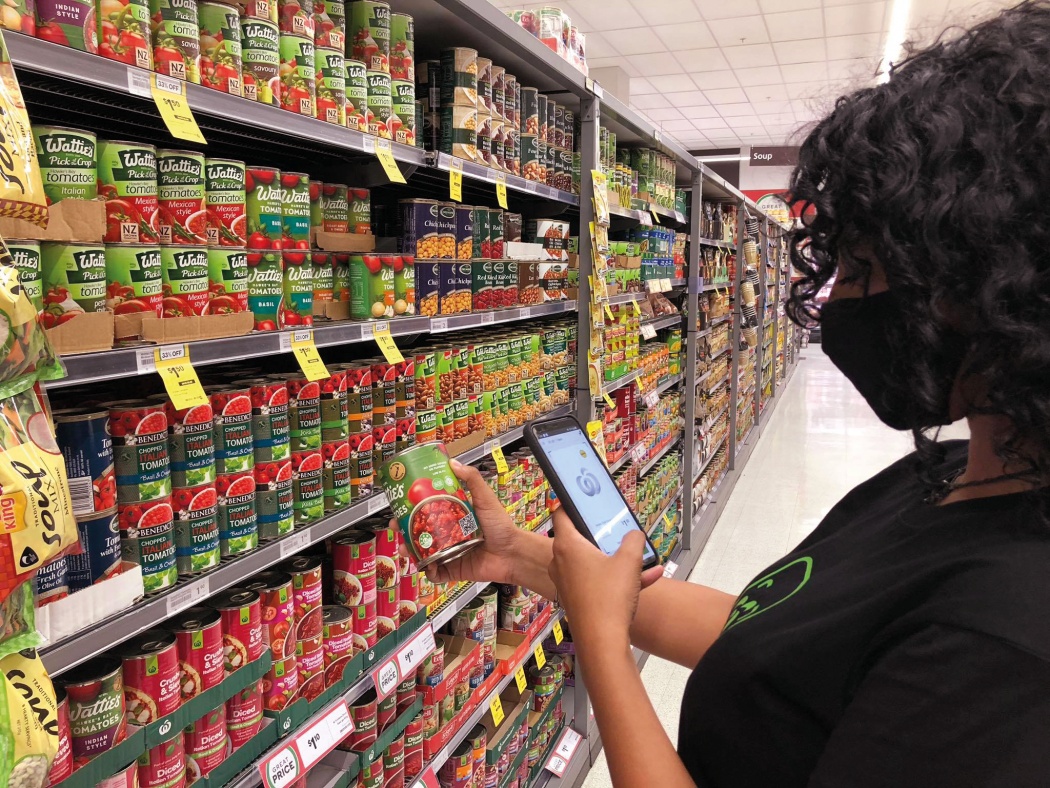2D in retail: A new dimension in barcodes
The global migration to 2-dimensional (2D) barcodes – provides greater visibility for retailers and consumers.
To better enable the digital consumer, the global retail industry is embarking on one of the biggest changes since the original introduction of the barcode over 50 years ago: the adoption of 2D barcodes.
2D barcodes offer benefits for retailers in both online marketplaces and physical stores by delivering savings, increased food safety, enhanced traceability and greater visibility and trust for consumers.
Today, consumers are demanding more detailed information about the products they buy; from where and how a product was produced, to how best to use and recycle it.
The GS1 2D barcode can have significantly more product information encoded in it, such as batch/lot number, best before date, use-by-date and weight – and all in one, single (and small) symbol. GS1 2D barcodes can also encode webpage links – so the customer can be guided to further information about the product or company or even manuals or video guides. One small barcode can reveal a wealth of information that just can’t be squeezed into a traditional linear barcode.
When the barcode is scanned at the checkout, customers can be alerted that the product is past its expiry date, and the system won’t allow the purchase. More accurate expiration date management will assist retailers in automating markdowns and date-based discounts.
“2D barcodes have immense potential, and we’re excited to see how they will improve food safety, traceability, and stock management.”
Richard Plunkett, GM Business Enablement, Woolworths
Woolworths Australia is already working with their suppliers to roll out 2D barcodes in their supermarkets - and it is already, transforming how fresh foods are managed at the point-of-sale. New Zealand retailers will likely follow Australia’s lead in the coming year.
“2D barcodes have immense potential, and we’re excited to see how they will improve food safety, traceability, and stock management” Richard Plunkett, Woolworths General Manager of Business Enablement.
Globally, GS1 2D barcodes are fast becoming a vital element for retailers to increase supply chain visibility, delivering higher service and confidence levels for the end customer especially for perishable products such as fruit and vegetables and meat. In the future, consumers will access product information using smartphones, enabling retailers to increase product visibility and customer trust and better meet
their expectations for food freshness
and safety.
Beyond food safety and food waste, 2D barcodes have the potential to improve the traceability of the paddock-to-plate journey and provide greater visibility of products in other sectors like health and beauty.

